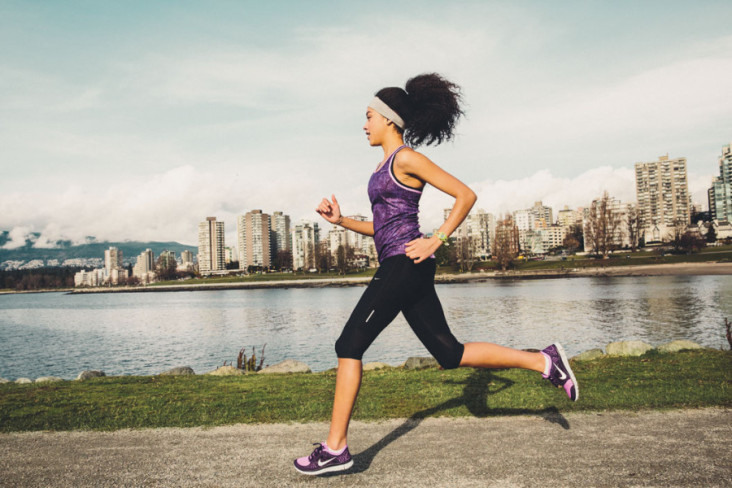There is a lot of information out there about running between the internet, bloggers, running and fitness magazines. While a lot of that content is from a general perspective, our team of doctors and specialists thought we’d level up and share the tips from the healthcare provider point of view.
From a biomechanical perspective, here are five things you need to do on your next run:
- Wear comfortable shoes designed for running. We can’t tell you how many people we see wearing the wrong type of shoes for running. Running shoes are specifically designed for proper shock absorption, ankle support and more. Custom-fit inserts will tailor a shoe specifically to your foot accommodating and correcting things like over-pronation, arch support and more. While running stores will look at your stride to help you choose the right pair, our computerized gait analysis and orthotic therapy will correct structural and biomechanical problems in the feet.
- Progressive increase in distance/length of a run. We know – you’re Type A and can take on any challenge. But many runners take on too much, too fast which can result in injury. Progressively increase your distance, adding on a few blocks at a time will add up to further distances in the long run (ha!) while allowing your body to build the required endurance.
- Dynamic stretching before a run, static stretching after a run. Dynamic stretching requires constant motion throughout the warmup and increases range of movement, blood and oxygen flow to the soft tissues, making you a more efficient runner with potential to improve performance and reduce the risk of injury. For your cool down, static stretching is key. Since your body is already warm, now the body and rest while elongating the muscles. Tip: Hold your stretches for 20 – 30 seconds each and always keep in mind that while a stretch should challenge your flexibility, it shouldn’t be a painful activity.
- Be sure to warm up the hip, knee, ankle and low back (joints) with range of motion exercises before a run. Adding onto dynamic stretching, running is a higher-impact sport so warm up the joints in advance to prepare them for the work they’re about to perform.
- Stay well hydrated with electrolytes to avoid muscle cramps. Despite what the sports drink companies want you to think, not all runners are in need of electrolyte-based drinks. Most runners will do well to simply stick to good ol’ H20 or even coconut water, a naturally occurring source of electrolytes. Marathonners, triathletes and ironmen may want to research drinks with a higher supply of glucose and electrolytes to replace what the body sweats out while running.

